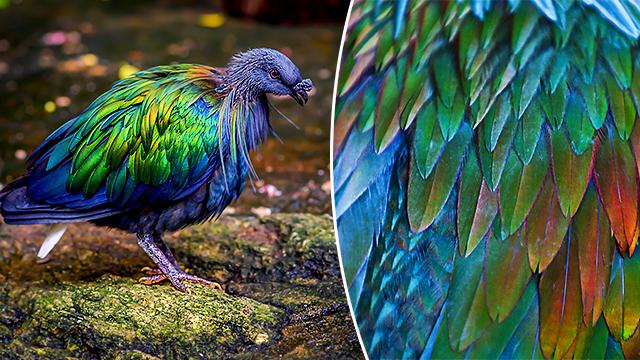The last dodo bird was publicly spotted hundreds of years ago, falling extinct generations ago and gaining a near-mythical status in history.
Its closest genetic relative, the Rodrigues solitaire, has been extinct for nearly as long—but on islands around the Indian Ocean, the iconic flightless bird has a close cousin that’s very much still alive.




